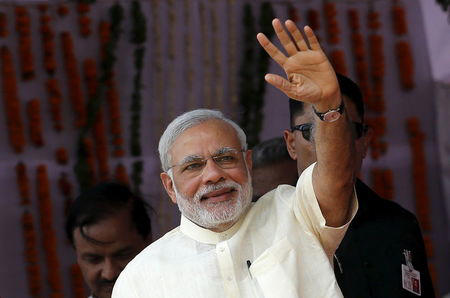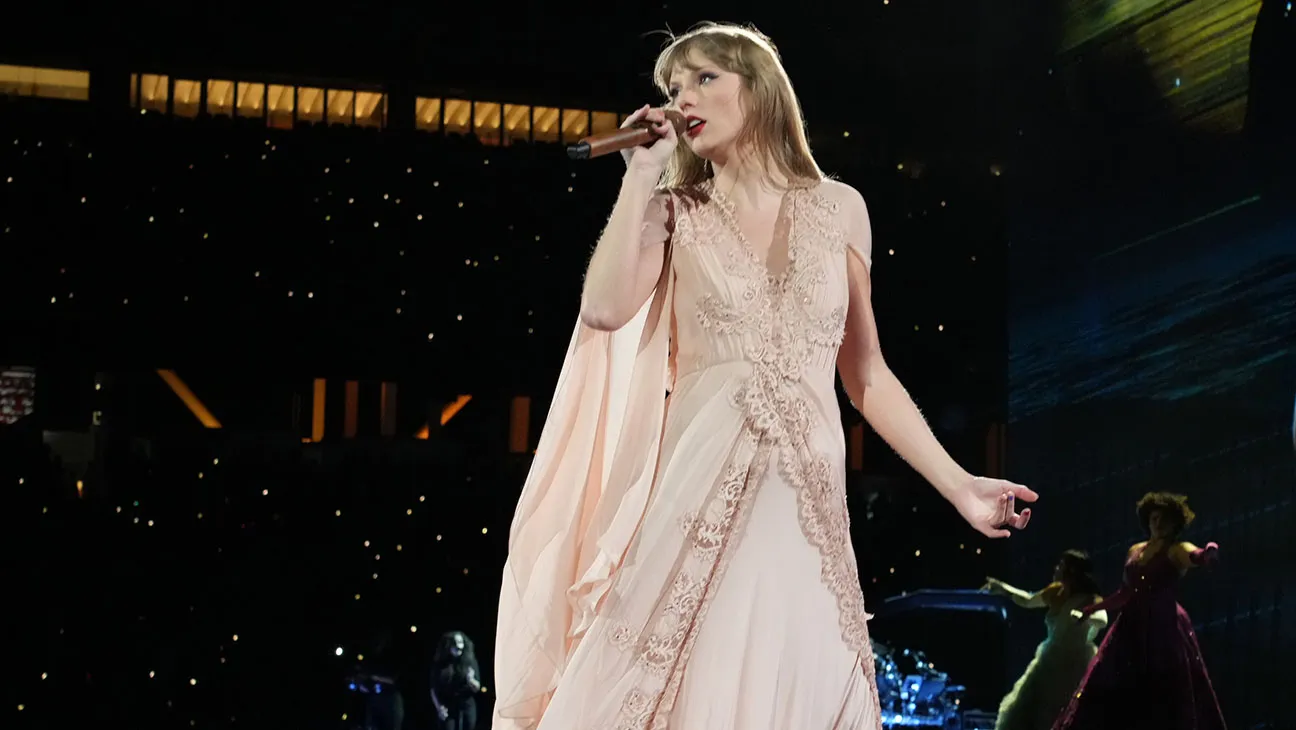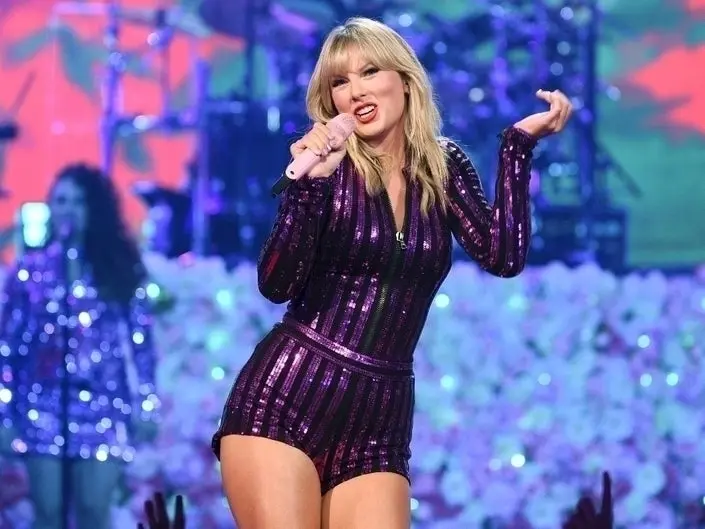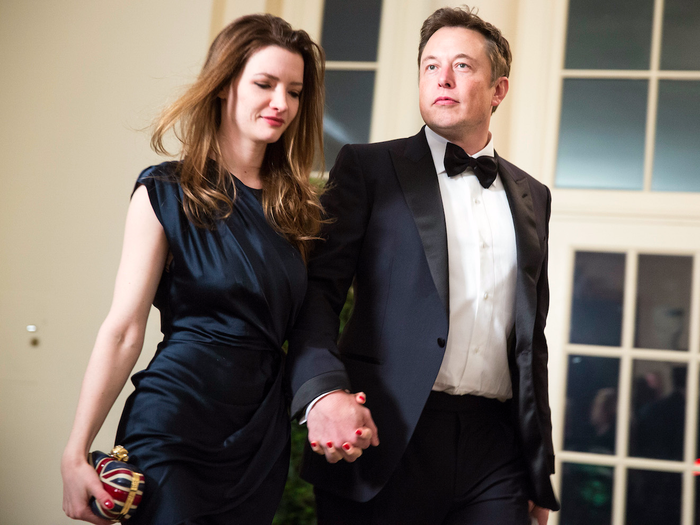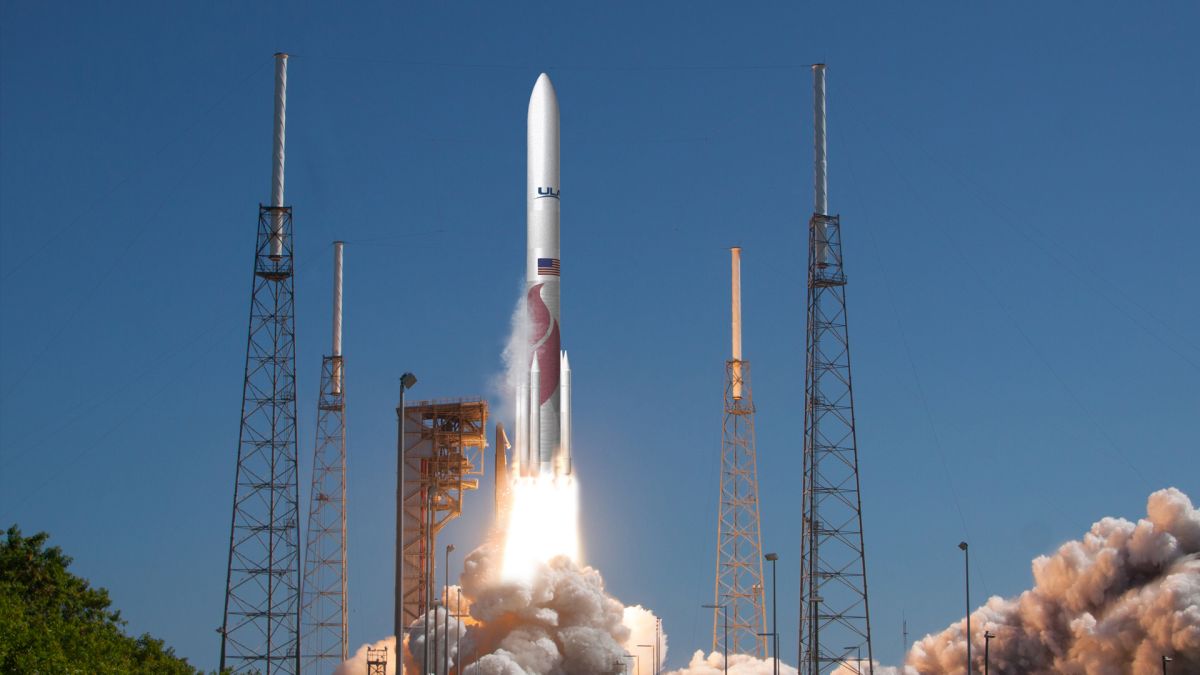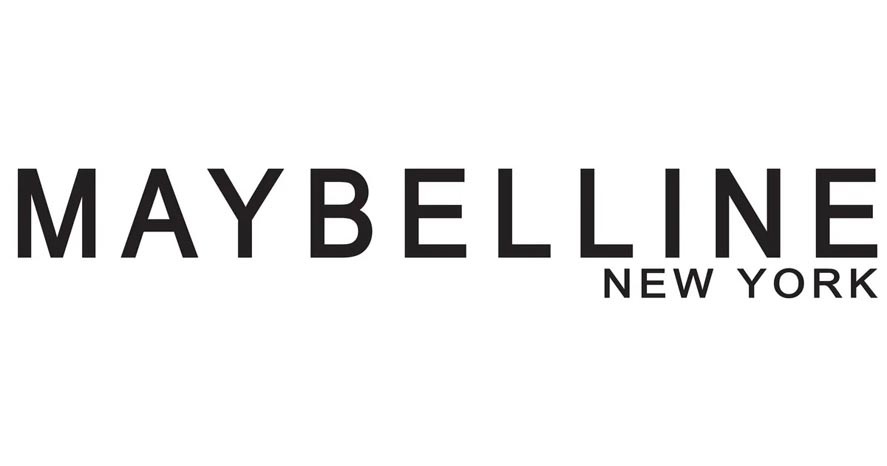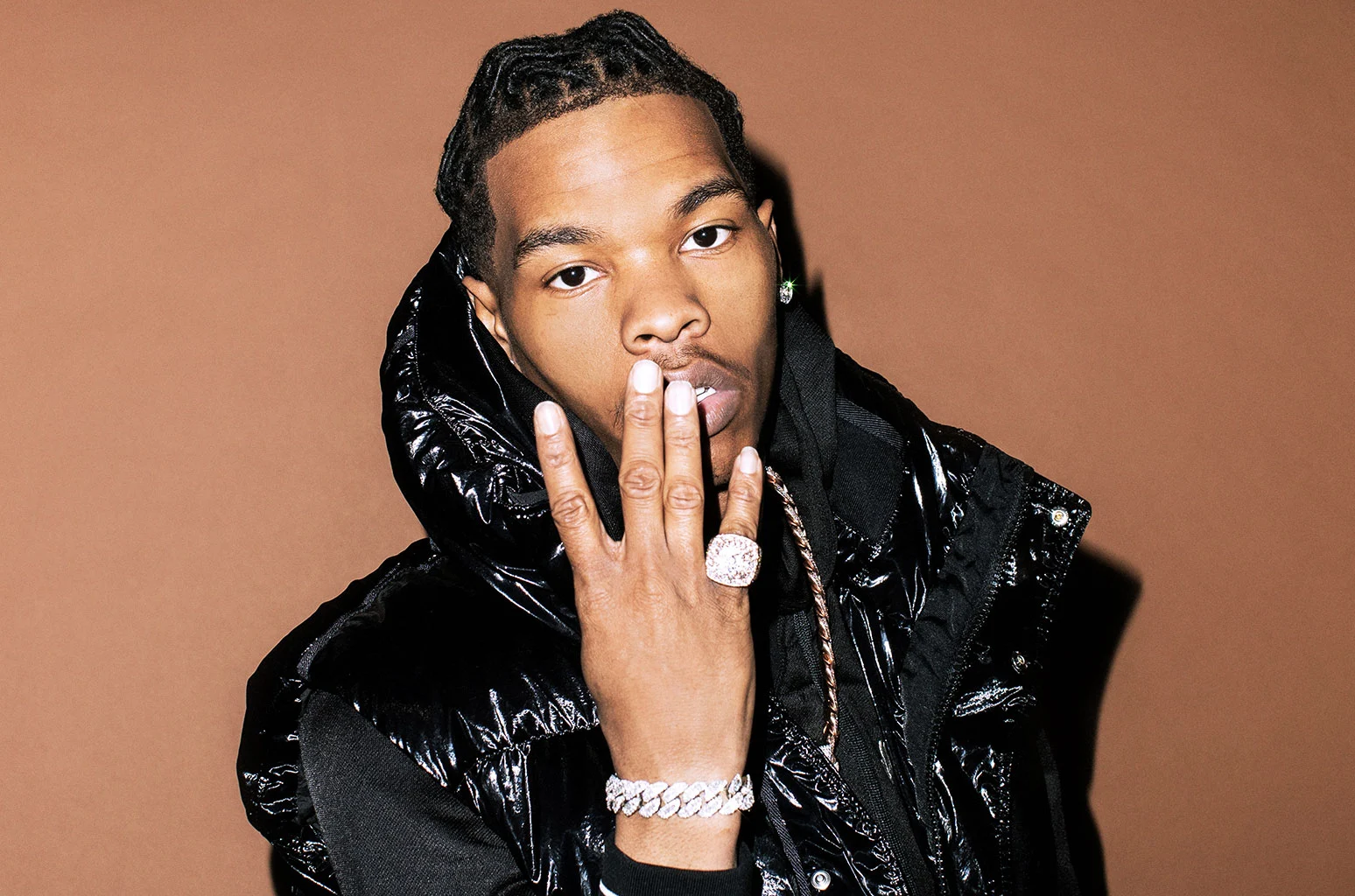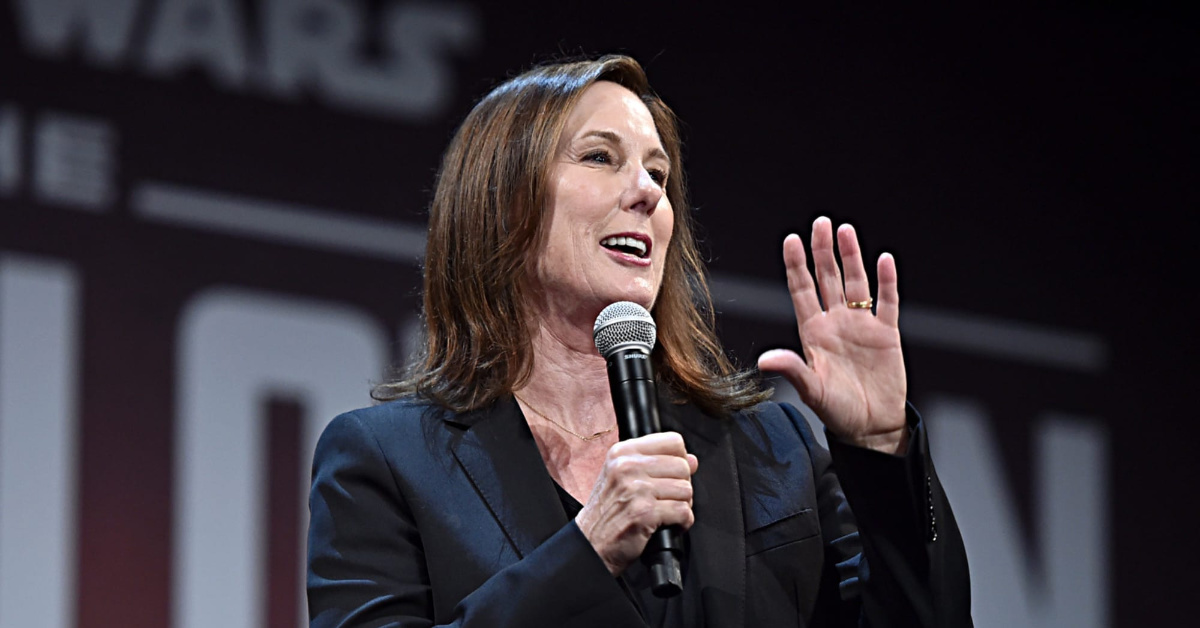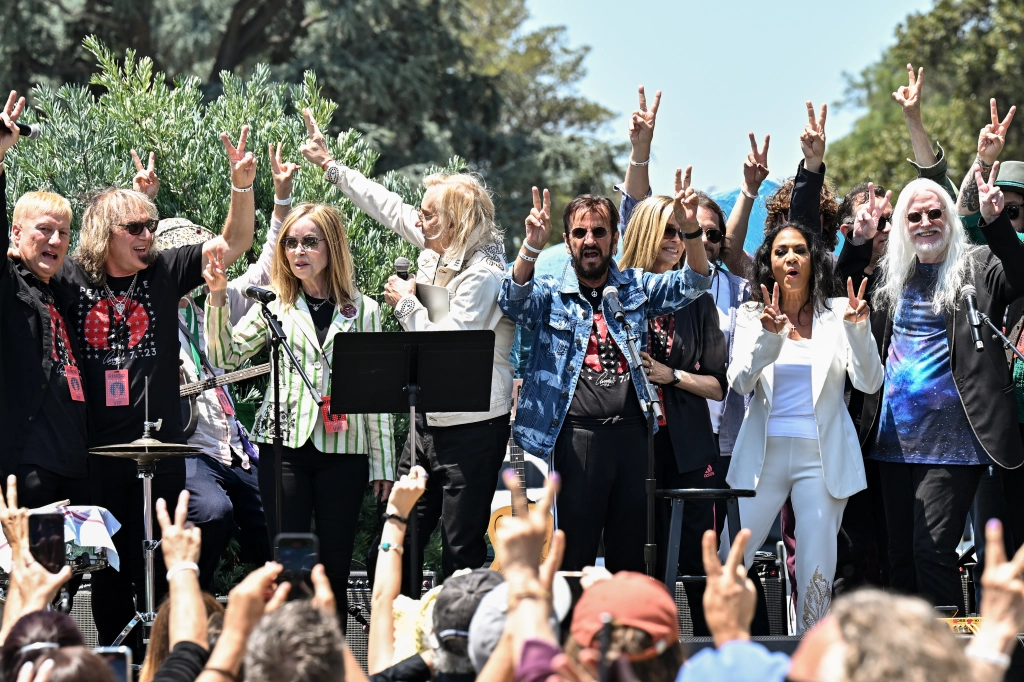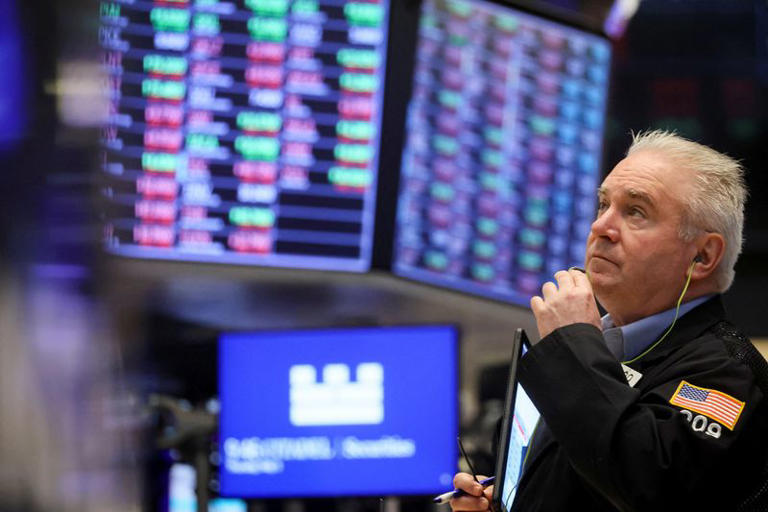Following the unexpected results of the recent elections, Prime Minister Narendra Modi has secured his third term in office, supported by the National Democratic Alliance (NDA), despite the Bharatiya Janata Party (BJP) falling short of an outright majority. The coalition, comprising various political parties, clinched a total of 293 seats, with the BJP itself securing 240 seats. This victory underscores the continued dominance of the NDA in Indian politics and signals a renewed mandate for Modi’s leadership.
Under Modi’s tenure and with a BJP majority in the past decade, India has witnessed significant shifts in fiscal policy aimed at fostering economic growth and development. Notably, there has been a concerted effort to reduce subsidies, which have declined from 18.2% to 8.6% of total expenditure, while capital expenditure (capex) has surged from 14% to 30%. This strategic realignment reflects a focus on bolstering infrastructure, promoting investment, and driving supply-side economic growth.
Despite concerns about the potential for populist policies under the new coalition government, a report by Bank of America (BofA) suggests that the momentum in capex is likely to continue, supported by prudent welfare spending. Insights gleaned from discussions with senior corporate executives and policymakers highlight a consensus on the importance of sustaining investment in key sectors to fuel economic expansion.
BofA identifies several factors contributing to the outlook for sustained capex growth. Firstly, the pro-reform stance of the NDA, historically known for implementing significant policy reforms, instills confidence in the continuity of favorable economic policies. This includes past initiatives like the National Highway Development Program and the National Telecom Policy, which have laid the groundwork for further economic development.
India’s strong fiscal position also plays a pivotal role in supporting continued investment. With a lower-than-expected fiscal deficit and robust GDP growth, the government has the financial flexibility to fund capex initiatives while maintaining fiscal discipline. Additionally, measures such as widening the tax net, asset monetization, and public-private partnerships (PPP) are expected to enhance revenue streams, providing additional resources for investment.
Furthermore, the reduced leverage among government infrastructure agencies, coupled with increased equity funding, indicates ample scope for financing capex projects. This low leverage ratio offers a favorable environment for further investment in infrastructure and development projects across the country.
Policy continuity is another key factor driving confidence in sustained capex growth. Prime Minister Modi’s reaffirmation of policies targeting growth in sectors such as defense, green industrialization, and job creation underscores the government’s commitment to fostering economic expansion and development.
Looking ahead, BofA forecasts a compound annual growth rate (CAGR) of 11% in capex over the FY24-27 period, with a potential focus on basic infrastructure and rural development projects. Key events such as the NDA’s common minimum program and the upcoming full-year budget will provide further clarity on the government’s policy direction and investment priorities.
In terms of sector preferences, BofA maintains a positive outlook on Financials, Autos, Cement, and Nonferrous Metals, reflecting optimism about growth prospects in these industries. However, sectors like Power Utilities, IT, and Healthcare are viewed with caution, given certain challenges and uncertainties. Overall, the market weight position on Telecom reflects cautious optimism amid evolving market dynamics and anticipated tariff hikes in the sector.

